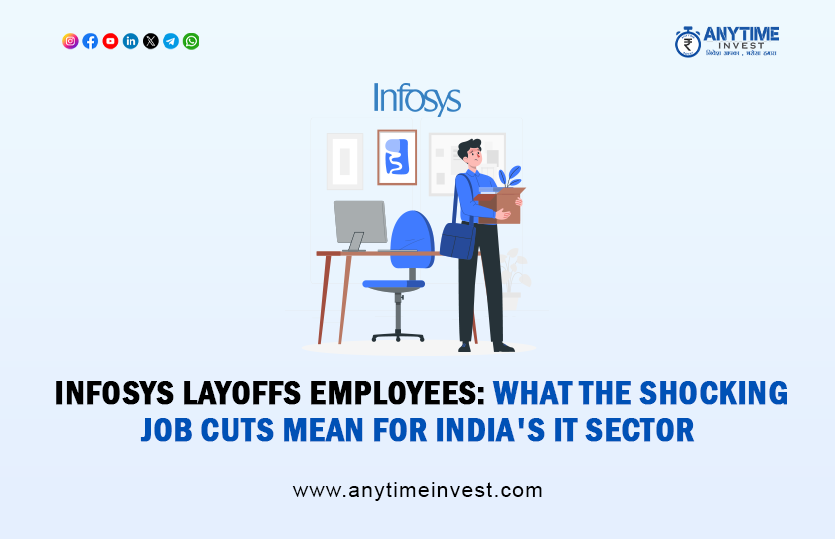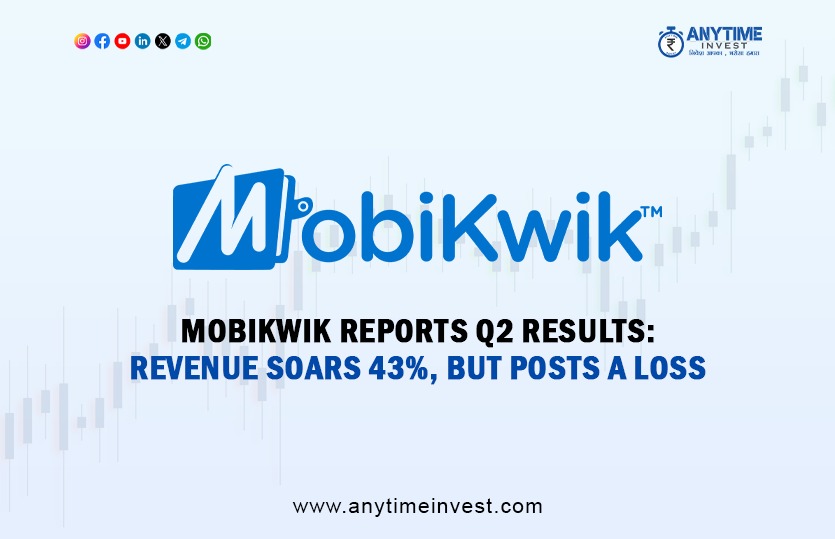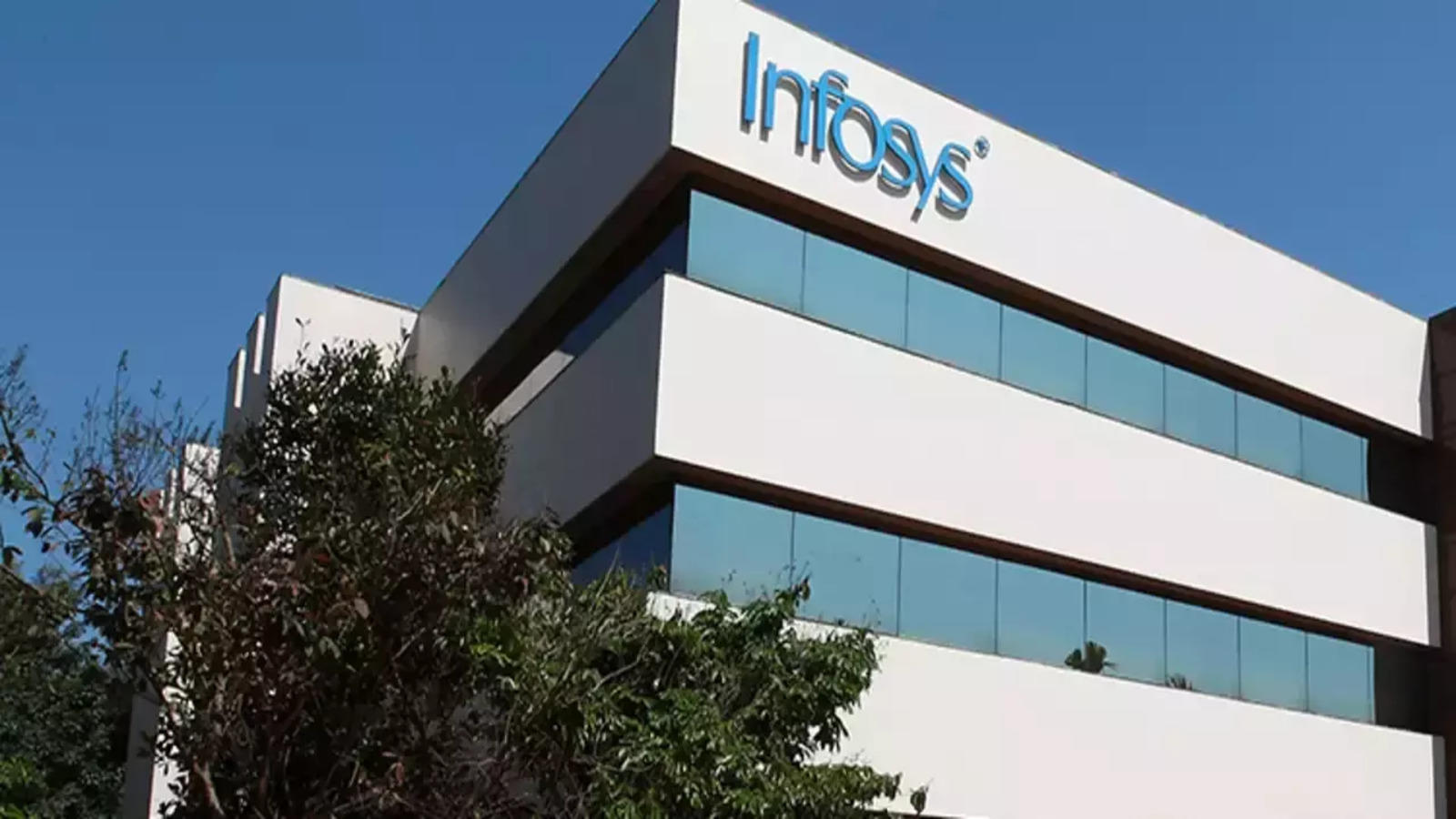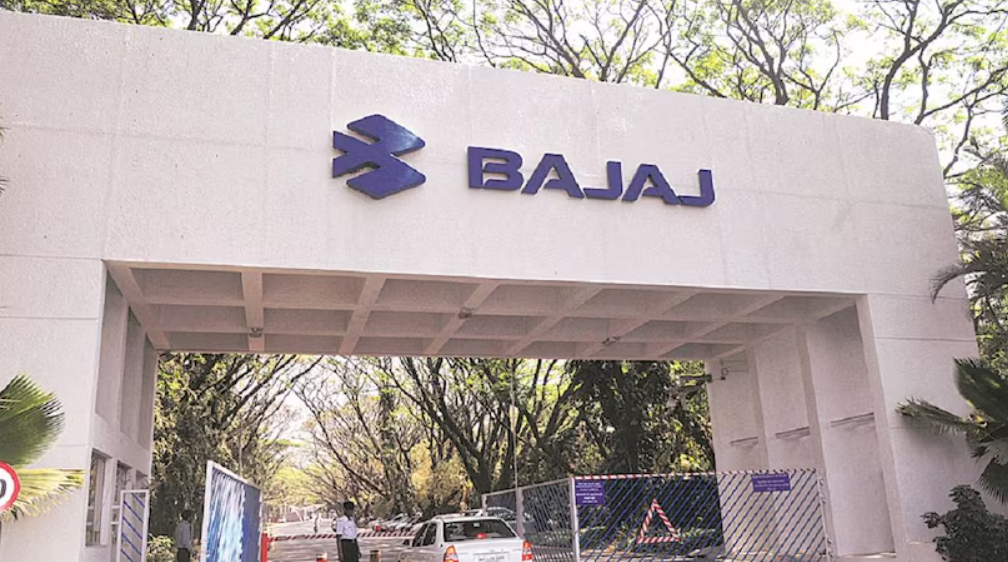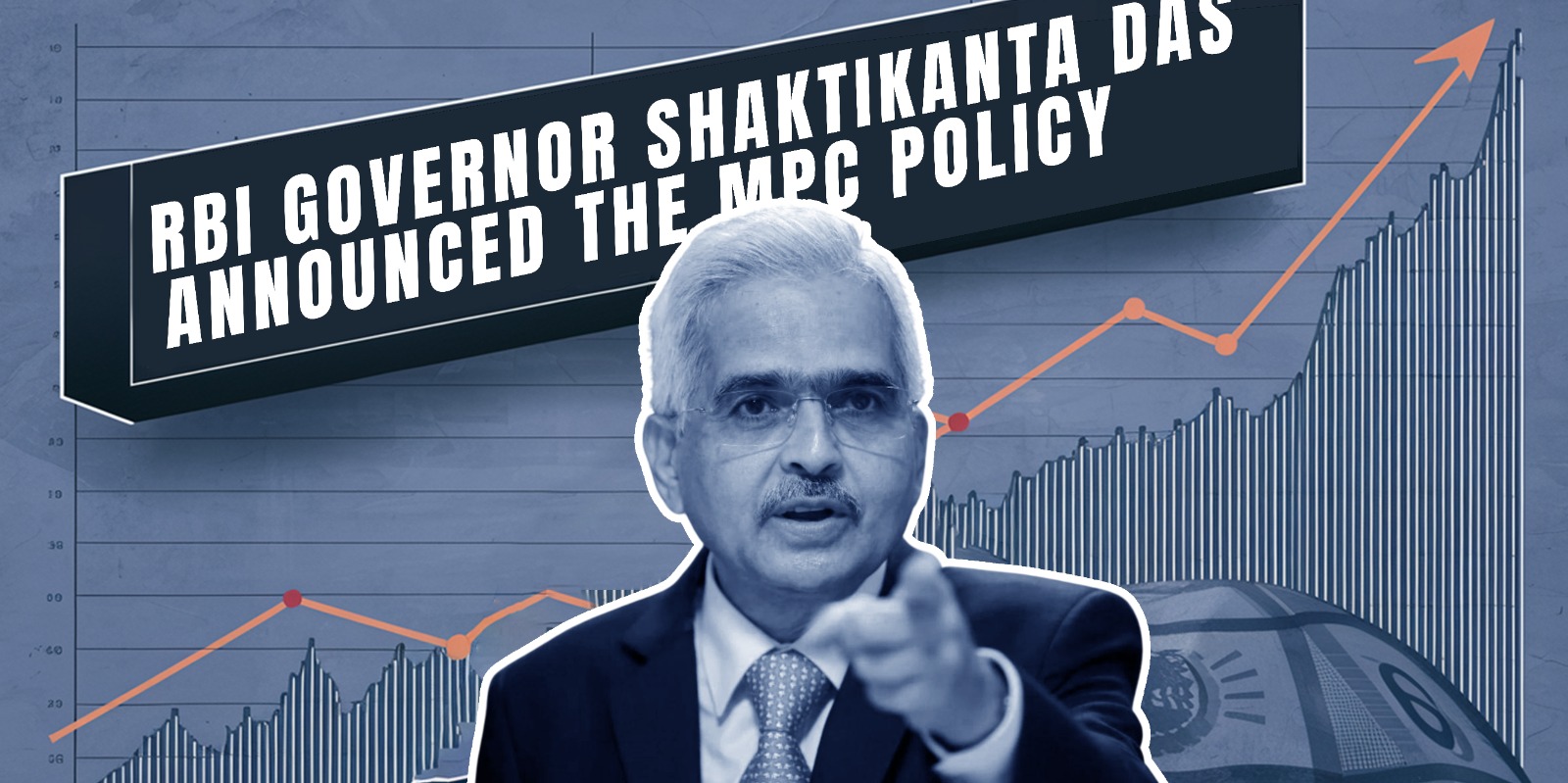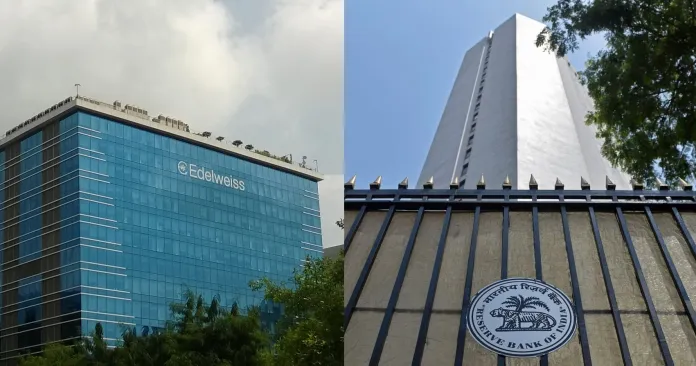Intel Layoffs Make Headlines: Are More Tech Cuts Coming?
Exploring the Impact of Intel Layoffs and What It Means for the Future of Tech Jobs

The tech world was recently shaken by Intel layoffs that caught the attention of investors, employees, and industry analysts alike. Once considered a bellwether of stability in the semiconductor sector, Intel’s decision to cut jobs has sparked concern about the broader direction of the tech industry. Intel layoffs are not happening in isolation—they’re part of a larger wave of cost-cutting measures seen across Silicon Valley.
A Historic Shift for a Tech Giant
Intel has dominated the semiconductor industry for many years. The company powered countless personal computers and has played a pivotal role in advancing computing technology. However, the latest Intel layoffs suggest a pivot in strategy—a shift from traditional hardware development toward newer, leaner priorities.
Intel confirmed that hundreds of roles would be affected, with some sources reporting deeper cuts in departments related to manufacturing and R&D. This strategic move is being interpreted as an attempt to streamline operations and stay competitive amid rising costs and changing demand.
Why Are the Intel Layoffs Happening Now?
The Intel layoffs come at a time when the tech sector is grappling with multiple challenges: economic uncertainty, declining PC sales, supply chain disruptions, and an evolving competitive landscape. Intel is under intense pressure to adapt to the demands of artificial intelligence, cloud computing, and mobile-centric devices. These changes require a different set of capabilities—and a different workforce.
According to Intel's official statement, the layoffs are part of an “organizational restructuring” aimed at improving efficiency. While the company assures that the move will position them better for future growth, the job losses have left many wondering if other major tech firms will follow suit.
How This Mirrors the Broader Tech Industry
The Intel layoffs are the latest in a growing list of tech industry downsizing events. Over the past year, layoffs have been announced by companies such as Microsoft, Amazon, Google, and Meta. These are not isolated incidents. They signal a fundamental recalibration in how tech companies operate post-pandemic.
Many of these firms expanded aggressively during the pandemic when demand for digital products and services surged. Now, as the market stabilizes and interest rates rise, they're recalibrating their workforce to focus on profitability rather than expansion.
Impact on Employees and Morale
Layoffs are more than just numbers. They have an impact on actual people, families, and communities. The Intel layoffs have not only disrupted lives but have also sent a message to remaining employees about the volatility of the job market—even in prestigious tech firms.
There are reports of anxiety among employees, with many questioning their job security and the future direction of the company. This type of organizational shakeup can lead to decreased morale and productivity, compounding the challenges Intel is trying to navigate.
What Do the Intel Layoffs Mean for Investors?
Investors are keeping a close eye on how the Intel layoffs impact the company's financial health. In the short term, job cuts are expected to reduce operating expenses. However, if not managed properly, they could also hurt innovation and long-term growth prospects.
Some analysts believe this move will free up resources for Intel to invest in emerging areas like AI chips and foundry services. But others worry that trimming too much fat could leave the company vulnerable to its competitors, especially in an already fast-paced market.
A Wake-Up Call for the Semiconductor Industry
The Intel layoffs are forcing a broader conversation in the semiconductor industry. As chipmakers contend with evolving demand cycles and the need for innovation, there's growing recognition that traditional business models may no longer suffice.
Intel's shift could prompt other chipmakers to reevaluate their strategies and workforce models. It’s no longer just about scale—it’s about agility, specialization, and forward-thinking investment.
Could More Tech Cuts Be on the Horizon?
Given the trend, it seems likely that the Intel layoffs may not be the last significant workforce reduction we see in tech. As companies navigate a high-interest environment, slowing growth, and global instability, more firms may choose to cut costs through layoffs.
In fact, some insiders predict that 2025 could bring another wave of cuts, particularly in sectors that overhired during the 2020-2022 boom. Job roles tied to older technologies or less scalable services may be particularly vulnerable.
How Employees Can Prepare for Uncertainty
The Intel layoffs highlight the importance of career agility in the modern tech landscape. Tech professionals must now diversify their skillsets, stay updated on market trends, and remain open to new opportunities.
Upskilling in areas like AI, cybersecurity, and cloud services can provide a buffer against future layoffs. Networking, building a strong personal brand, and staying visible in professional circles can also increase resilience in an unstable job market.
The Role of Government and Policy
As Intel layoffs make headlines, there’s a growing call for policy interventions. Governments worldwide are starting to recognize the ripple effects that tech layoffs can have on local economies and innovation ecosystems.
Incentives for tech companies to retain talent, invest in R&D, and reskill workers could play a key role in stabilizing the industry. Policymakers may also need to rethink immigration and education policies to align with future tech workforce needs.
Conclusion: Navigating a New Tech Landscape
The Intel layoffs are more than just a corporate restructuring—they’re a signal of larger shifts in the tech world. While painful for those affected, these changes may also usher in a more adaptive and focused era of innovation.
As the industry recalibrates, professionals, investors, and policymakers alike must adapt. The question isn't just “Are more tech cuts coming?”—it’s how we prepare for the next chapter of technological transformation. We can weather the storm and emerge stronger on the other side if we remain vigilant and aware.







